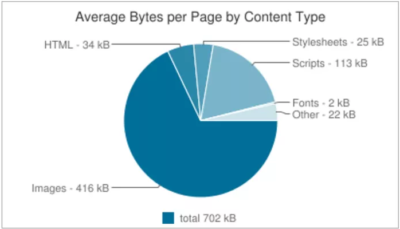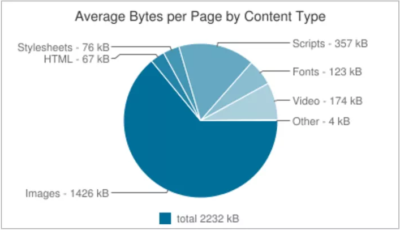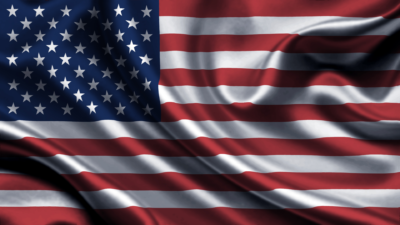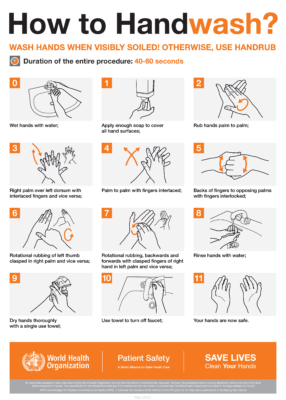My management level at work has a 10:00 huddle every Monday, Wednesday, and Friday. This is a photo of the meeting from Friday.

That’s my boss in the lower left corner.
Yes, he made a Lego version of himself that is built to sit on top of the screen of his MacBook Pro.
And this is why he is Nerd Boss.
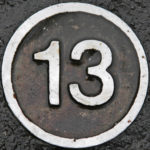 People have weird ideas about luck and hard work. We attribute to hard work the accretion of of systemic advantages. We attribute to luck random forces in the universe put into motion by the choices of other people over which we had no control. We also have weird ideas about what actions and choices create or destroy luck.
People have weird ideas about luck and hard work. We attribute to hard work the accretion of of systemic advantages. We attribute to luck random forces in the universe put into motion by the choices of other people over which we had no control. We also have weird ideas about what actions and choices create or destroy luck.